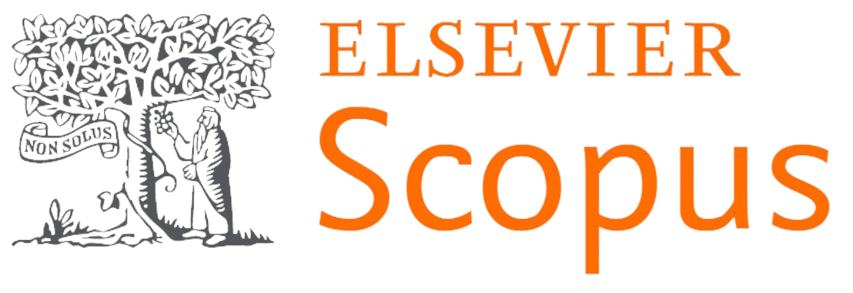Enhancing Patient Care Quality through Technological Integration: The Mediating Role of Healthcare Team Effectiveness among employees in Oman Government Hospital
DOI:
https://doi.org/10.70135/seejph.vi.4721Abstract
Objectives: One of the components of 'Health Vision 2050,' the Omani government's initiative, is to improve the standards of quality in the healthcare system. To achieve this, sound technological integration and effective teams need to be deployed. This study aimed to assess the effect of technological integration on patient care quality through the mediating role of healthcare team effectiveness among employees in Oman government hospital.
Methods: A total of 700 questionnaires were distributed to healthcare workers, including administration staff, physicians, nurses, technical staff, and paramedical staff in Omani hospitals. Out of these, 402 valid questionnaires were used for Smart PLS 4.0 structural equation modelling analysis to test the effect of independent and mediating variables.
Results: The results of structural equation modelling analysis show that technological integration has positive significant effects on patient care quality. Moreover, healthcare team effectiveness has been found to have a partial mediating effect on the relationship between technological integration and patient care quality among healthcare workers in Omani hospitals. This finding suggests that, in addition to the benefits provided by healthcare team effectiveness, further advantages can be achieved through technological integration.
Conclusions: Technological integration is one of the important factors for increasing patient care quality as well as spurring healthcare team effectiveness. Integrating recent technology solutions can enhance patient service delivery and improve the effectiveness of healthcare teams as well as enhance operational efficiency.
Downloads
Published
How to Cite
Issue
Section
License
Copyright (c) 2025 Ahmed Abdallah Said Alzidi, Amar Hisham Jaaffar, Nurshahirah Abd Majid

This work is licensed under a Creative Commons Attribution-NoDerivatives 4.0 International License.

